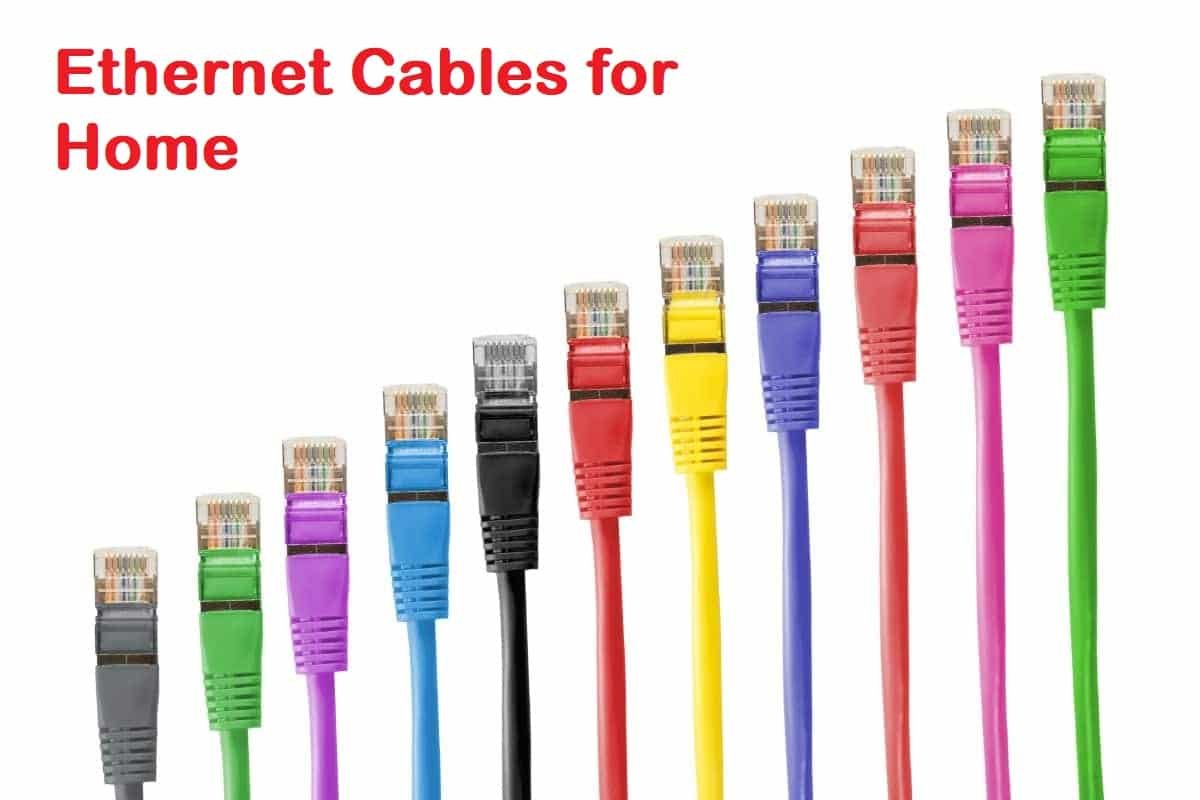
Ethernet Cables – The different types and How to choose the best one for your Home System!
When choosing bulk internet cables and ethernet cables for your home, you may get overwhelmed – and we understand. With various types on the market, you may not know where to start.
An ethernet cable is a physical connection that links all systems and servers together, working in both residential and commercial buildings for private or business use. However, every cable is created with different technology and for different reasons, meaning you need to choose the suitable cable for your needs.
To understand which ethernet cables fit your private or business needs, keep reading.
Types of ethernet cables
When it comes to setting up network cables and installing your internet connection for your home or office, it can seem confusing. With all of the cables and wires, you may not be sure what you need to purchase, what needs to be connected, and what cables are obsolete.
One of the most important parts of installing reliable internet at your location is ethernet cables. Before you can choose the ethernet cable to plug into your new location, you need to decide which ethernet cable is best for your data needs, transmission speeds, and communication requirements.
When purchasing ethernet cables, you need to look for reliable retailers, like Infinity Cable Products, that can answer all of your pressing questions. When shopping, the first thing you have to keep in mind when buying new ethernet cables for your home or office are the five types of cables – Cat5, Cat5e, Cat6, Cat6a, and Cat7.
Cat5
The Cat5 cable is the ‘main’ type of ethernet cable that is the basic version and most popular. Previously considered the most reliable and efficient, this cable is now often overshadowed by the Cat5e cable.
Cat5e
The Cat5e cable is the newer, high-speed, and more efficient version of the Cat5 cable. By having faster speeds and higher capabilities, this cable type took over the popularity of the Cat5 due to the protection against outside interference.
Cat6
Cat6 cables are faster than Cat5 cables, helping big businesses transfer files, send massive amounts of data, and communicate with a high local network.
Cat6a cable
“A” in the Cat6a acronym stands for augmented, a characteristic that helps this cable type with increased performance, functionality, and speed. With this type of cable, users can send 10GB of data per second.
Cat7 cable
The Cat7 cable is the most advanced of the different ethernet cables, being the newest and fastest version of all types of cables combined. Although this cable is not yet in the market, it plans to bring greater data transfer speed for longer cable lengths when it is released.
Conclusion
Since there are various ethernet cables to choose from, users need to decide which one will fit their home or office needs. Although the Cat65 cable was previously the gold standard in data transmission and connection, the Cat6 cable has taken over in terms of the most reliable and tested option. For those who need a little something extra, choosing the Cat6 or Cat6a cable can provide increased abilities to send large data files.





